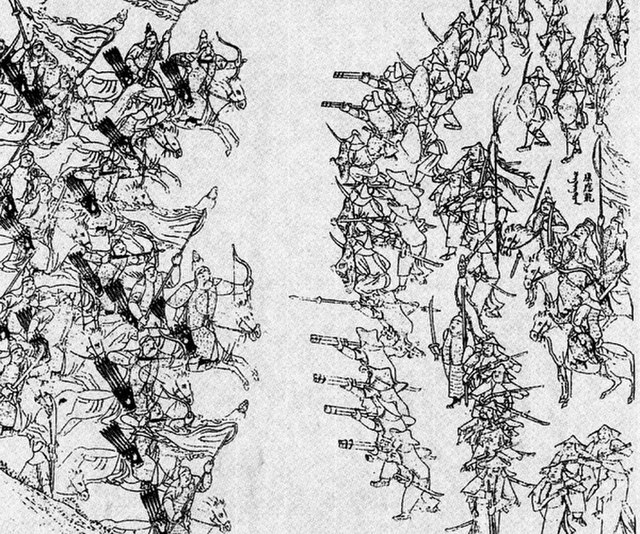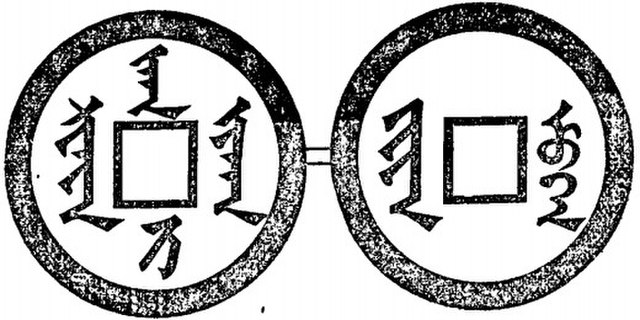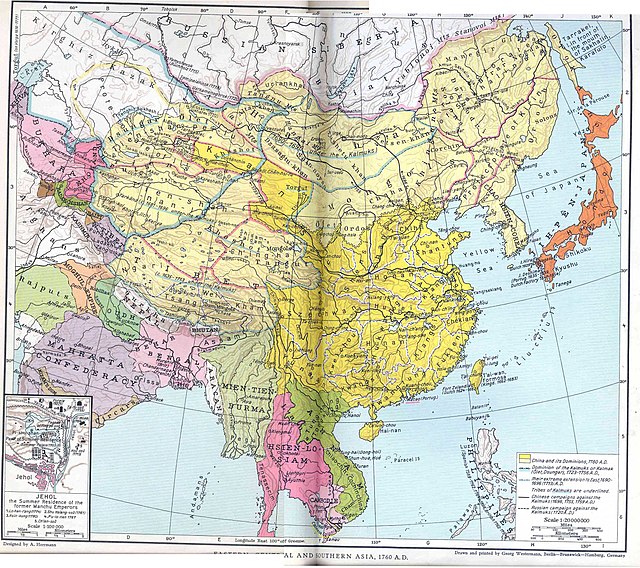The Shunzhi Emperor, also known by his temple name Emperor Shizu of Qing, personal name Fulin, was the second emperor of the Qing dynasty, and the first Qing emperor to rule over China proper. A committee of Manchu princes chose him to succeed his father, Hong Taiji, in September 1643, when he was five years old. The princes also appointed two co-regents: Dorgon, the 14th son of Nurhaci, and Jirgalang, one of Nurhaci's nephews, both of whom were members of the Qing imperial clan.
Shunzhi Emperor
Prince Regent Dorgon in imperial regalia. He reigned as a quasi emperor from 1643 to his death in 1650, a period during which the Qing conquered almost all of China.
The circular mound of the Altar of Heaven, where the Shunzhi Emperor conducted sacrifices on 30 October 1644, ten days before being officially proclaimed Emperor of China. The ceremony marked the moment when the Qing dynasty seized the Mandate of Heaven.
Examination cells in Beijing. In order to enhance their legitimacy among the Chinese elite, the Qing reestablished the imperial civil service examinations almost as soon as they seized Beijing in 1644.
The Qing dynasty, officially the Great Qing, was a Manchu-led imperial dynasty of China and the last imperial dynasty in Chinese history. The dynasty, proclaimed in Shenyang in 1636, seized control of Beijing in 1644, which is considered the start of the dynasty's rule. The dynasty lasted until 1912, when it was overthrown in the Xinhai Revolution. In Chinese historiography, the Qing dynasty was preceded by the Ming dynasty and succeeded by the Republic of China. The multi-ethnic Qing dynasty assembled the territorial base for modern China. It was the largest imperial dynasty in the history of China and in 1790 the fourth-largest empire in world history in terms of territorial size. With over 426 million citizens in 1907, it was the most populous country in the world at the time.
Manchu cavalry charging Ming infantry battle of Sarhu in 1619
Sura han ni chiha (Coins of Tiancong Khan) in Manchu alphabet
Dorgon (1612–1650)
The Qing conquest of the Ming and expansion of the empire







